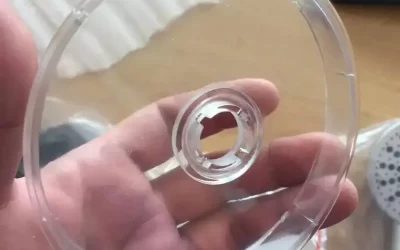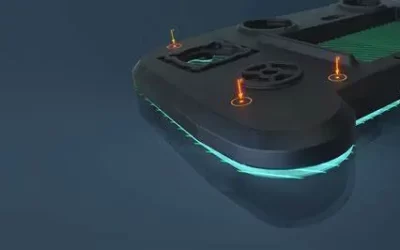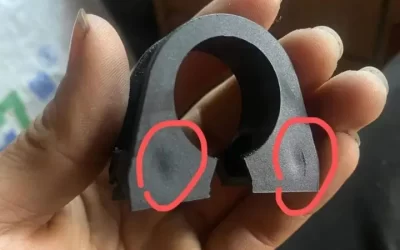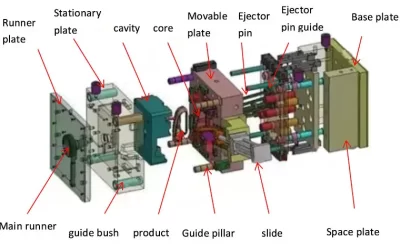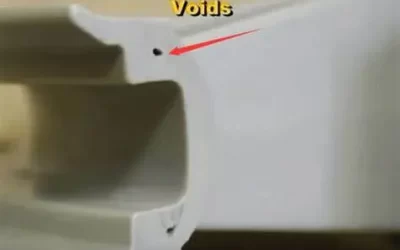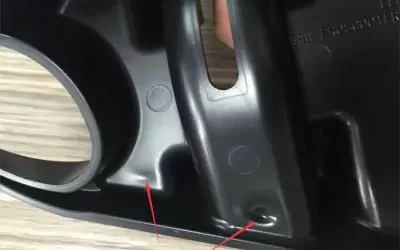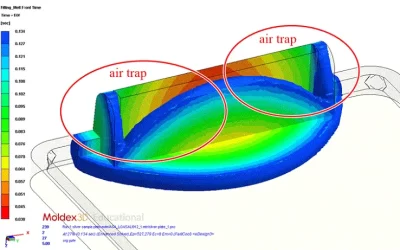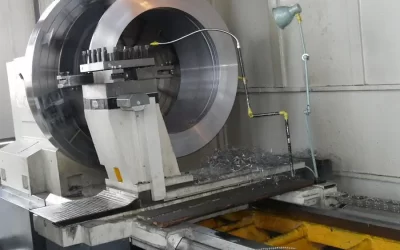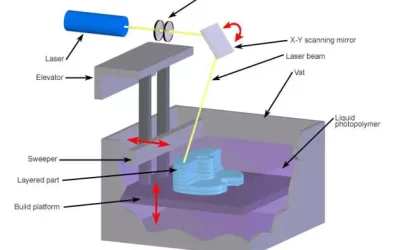Revolutionize Your Prototyping with Clear Resin SLA 3D Printing
Our Clear Resin Printing process utilizes the latest in SLA 3D printing technology, which allows for highly precise and accurate prints with stunning clarity and detail. We use only the highest quality materials to ensure that our prints are of the utmost quality, and we’re constantly innovating and improving our processes to offer our clients the best possible results. Whether you’re looking to create prototypes for a new product or bring your artistic vision to life, our Clear Resin Printing services are the perfect solution. We offer fast turnaround times and competitive pricing, making us the go-to choice for businesses and individuals alike.
Solution to Warpage Deformation in Injection Molded Parts
By selecting the right material, optimizing part and mold designs, controlling process parameters, and utilizing advanced solutions, the severity of warpage deformation in injection molded parts can be significantly reduced. With the help of experienced injection molding professionals, effective solutions can be implemented to produce high quality parts with superior dimensional stability.
Minimizing Surface Indentations on Plastic Parts in Injection Molding
Surface indentations on plastic parts during injection molding can negatively impact the part’s appearance and functionality. To minimize the risk of sink marks, it is essential to understand their causes and implement appropriate preventative measures. By optimizing cooling time, designing for uniform wall thickness, selecting the right material, and adjusting injection pressure and speed, manufacturers can produce high-quality plastic parts with minimal surface imperfections.
Key Components of Injection Mold Structure
Understanding the structure of injection mold is crucial for the success of the injection molding process. By knowing the different types of molds, the key components, and the materials used, manufacturers can optimize their production process and create high-quality plastic products.
Analysis of Voids in Injection Molded Parts
Injection molding is a widely used manufacturing process for producing plastic parts in large quantities. However, one common issue that can arise during this process is the presence of voids in the molded parts. Voids are areas of the part where no plastic material has filled in, resulting in empty spaces that can affect the part’s structural integrity and aesthetics.
Addressing Plastic Interface Issues in Injection Molding Processes
Injection molding is a widely used manufacturing process for producing plastic parts by injecting molten material into a mold. The material is cooled and solidified in the mold, taking on the shape of the cavity. Once the part is fully formed, it is ejected from the mold, and the process repeats. Addressing plastic interface issues in injection molding is essential for ensuring the quality, performance, and aesthetics of the molded parts.
Avoiding silver streaks on injection molded parts
Injection molding is a widely used manufacturing process for producing plastic parts in large quantities. However, one of the common issues that can occur during the injection molding process is the appearance of silver streaks on the surface of the molded parts. Silver streaks are thin, wavy lines that can be seen on the surface of the part, and they can negatively impact the appearance and performance of the finished product.
Achieving high precision in outer diameter machining with automatic lathes
Automatic lathes are an essential tool for efficient and precise machining of workpieces, especially for outer diameter machining. Achieving high precision in outer diameter machining is critical for ensuring optimal performance and functionality of the final product. However, there are several factors that can impact the precision of the machining process. Today, M2 engineer will explore the 10 essential factors for achieving high precision in outer diameter machining with automatic lathes.
Methods to avoid layer line in rapid prototyping
Rapid prototyping is a popular method for creating physical models of products quickly and efficiently. However, one common issue that can arise during the process is the appearance of layer lines on the final prototype. Layer lines are visible seams that occur where each layer of material is added during the printing process, and they can detract from the overall quality and appearance of the prototype.

